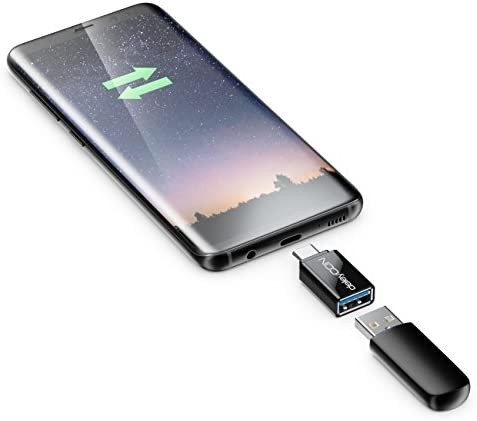"USB, A Revolution in Technology"
USB (Universal Serial Bus) is a widely used interface for connecting devices to a computer.
History of USB: The origins of USB and its evolution over time, from the first USB 1.0 specification in 1996 to the latest USB 4.0 specification.
USB Connectors: The different types of USB connectors, including Type-A, Type-B, Micro-USB, Mini-USB, and USB-C, and their respective features and applications.
USB Versions: The different versions of USB, including USB 1.0, USB 2.0, USB 3.0, USB 3.1, and USB 4.0, and their respective data transfer rates, power delivery capabilities, and other features.
USB Cables: The different types of USB cables, including standard cables, extension cables, adapter cables, and charging cables, and their respective lengths, materials, and compatibility with different devices.
devices.
USB Devices: The different types of USB devices, including external hard drives, flash drives, printers, scanners, cameras, keyboards, and mice, and their respective features and applications.
USB Power Delivery: The USB Power Delivery (PD) standard and its capabilities for delivering power to devices over USB-C cables, including fast charging, power negotiation, and multi-device charging.
USB Security: The potential security risks associated with USB devices, including malware, data theft, and physical damage, and best practices for mitigating these risks.
USB Standards and Certifications: The various USB standards and certifications, including USB-IF certification, USB-IF compliance program, USB Type-C Authentication Program, and USB 3.2 Compliance Program.
USB Alternatives: The alternatives to USB, including Thunderbolt, FireWire, HDMI, DisplayPort, and Wi-Fi Direct, and their respective features and applications.
Future of USB: The future of USB technology, including the possibility of faster data transfer rates, higher power delivery capabilities, and new applications for USB devices.






